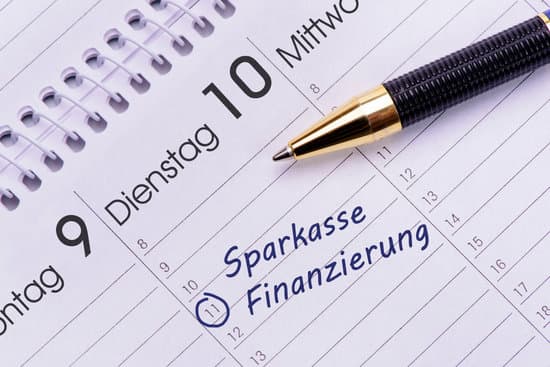


When they don’t, they can generate tension, mistrust, and confusion.

When your nonverbal signals match up with the words you’re saying, they increase trust, clarity, and rapport. Your nonverbal communication cues-the way you listen, look, move, and react-tell the person you’re communicating with whether or not you care, if you’re being truthful, and how well you’re listening. The importance of nonverbal communication

However, by improving how you understand and use nonverbal communication, you can express what you really mean, connect better with others, and build stronger, more rewarding relationships. Since body language is a natural, unconscious language that broadcasts your true feelings and intentions, they’ll likely choose the nonverbal message. When faced with such mixed signals, the listener has to choose whether to believe your verbal or nonverbal message. If you say “yes” while shaking your head no, for example. If you say one thing, but your body language says something else, your listener will likely feel that you’re being dishonest. In some instances, what comes out of your mouth and what you communicate through your body language may be two totally different things. Even when you’re silent, you’re still communicating nonverbally. These messages don’t stop when you stop speaking either. They can put people at ease, build trust, and draw others towards you, or they can offend, confuse, and undermine what you’re trying to convey. All of your nonverbal behaviors-the gestures you make, your posture, your tone of voice, how much eye contact you make-send strong messages. Whether you’re aware of it or not, when you interact with others, you’re continuously giving and receiving wordless signals. Body language is the use of physical behavior, expressions, and mannerisms to communicate nonverbally, often done instinctively rather than consciously. While the key to success in both personal and professional relationships lies in your ability to communicate well, it’s not the words that you use but your nonverbal cues or “body language” that speak the loudest. Here’s how to read and use body language to build better relationships at home and work. Communication Nonverbal Communication and Body Language Your facial expressions, gestures, posture, and tone of voice are powerful communication tools.


 0 kommentar(er)
0 kommentar(er)
